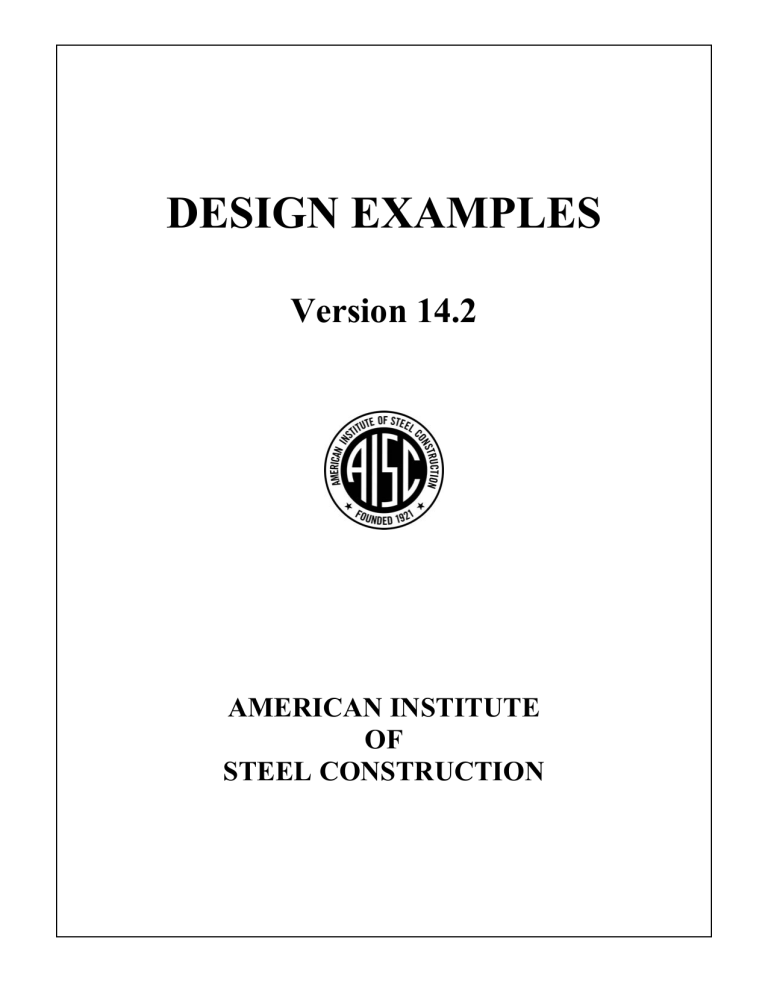

The weld to beam is illustrated in Figure 10-6 of the AISC 14th Edition Manual. multiple connections are part of the same Connection Rule from an integrated RISA-3D model), if any connection has an axial tension in its beam for any load combination then all of the Connections in that group will receive the L-shaped weld configuration. When multiple Double Angle Shear Connections are grouped together (i.e. In addition an Angle Leg Bending limit state is checked to ensure that the unsupported angle leg doesn't fail in bending due to the axial force.

The capacity of the weld is then taken as double that of a single clip angle shear connection.

Because no adequate methodology for the torsional strength of weld exists, the program will automatically place a weld on the bottom of the clip angles as well. When axial tension is present in the beam, the weld configuration of a single vertical weld on each clip angle (at the support) is inadequate, as that weld would have to resist the tension via torsion in the weld throat. The weld to beam is illustrated in Figure 10-4b of the AISC 14th Edition Manual. The weld to support is illustrated in Figure 10-4c of the AISC 14th Edition Manual. The geometries used are industry standard, and illustrated by the AISC. In order to make the connection property inputs easier these geometries may not be altered. The weld geometry for each connection is locked by the program. This topic is specific to welding geometry, base material strengths, weld strengths and all other welding considerations.


 0 kommentar(er)
0 kommentar(er)
